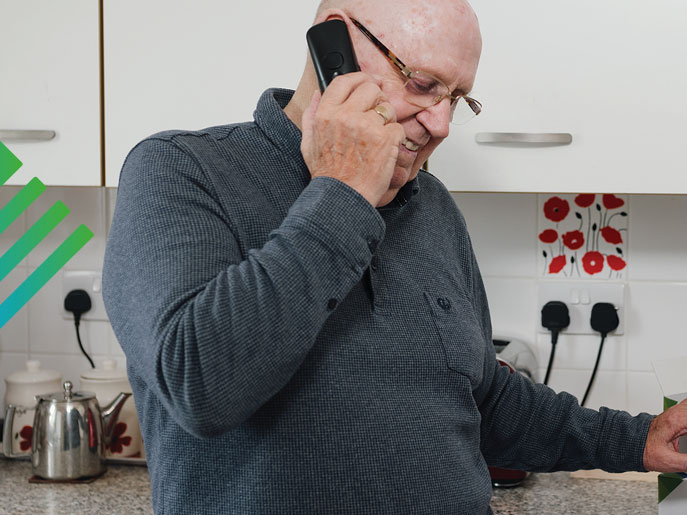What should I do if I can’t insert the catheter?
If the catheter is difficult to insert, this is usually because you are not relaxed. If you cough a couple of times this helps the muscles relax. If you have tried and failed, don’t worry or panic, and don’t try again immediately.
Have a warm bath and try to relax before attempting to insert the catheter again. If you still cannot insert the catheter, please seek medical advice.

What should I do if I can’t remove the catheter?
Again, try to stay calm and don’t panic.
Try to relax for 5 –10 minutes before trying again, or try the same relaxation methods as above. If you cannot remove the catheter, please seek medical advice.
Which catheter should I use?
There are many catheters available on prescription that can be dispensed through the Medilink® service. During your first appointment, the clinical nurse specialist will help you find the right one for you.
How often should I catheterise myself?
This can vary according to your particular type of bladder problem; any medication you may be taking and/or the amount of fluid you drink. Some people may need to perform Intermittent Self-Catheterisation once a day, whilst others may need to repeat it 3 or 4 times. This is something you can discuss with the clinical nurse specialist.
How often should I wash?
It is recommended to wash your genital area once a day with mild soap and water. It is also advisable to clean your genitalia when catheterising after a bowel movement to ensure a clean catheterising procedure.
Is it okay to see blood in my urine?
If a few specks of blood appear when removing the catheter, don’t worry. This sometimes happens, and should clear up in a few days. If the bleeding continues, or can be seen every time you pass urine, you should contact your GP or clinical nurse specialist.
What are the symptoms of a UTI?
If you experience any of the following: shivering, high temperature, fever or cloudy and/or smelly urine you may have a urine infection. You should drink extra fluids and contact your GP or nurse for advice.

How much should I drink whilst catheterising?
You will need to drink plenty of fluids, at least 6-8 cups per day, whilst you are catheterising yourself. Try to reduce your intake of tea and coffee, as these can irritate your bladder, and instead increase the amount of water you drink. A glass of cranberry juice may help prevent urine infections. When you first begin ISC, it is useful to keep a diary of the volume of urine that you pass, when you catheterise yourself.

It is important that you avoid becoming constipated. Eat a well-balanced diet with plenty of fruit and vegetables.

If you do become constipated, consult your GP, as this may interfere when you are performing ISC.
Medilink Urine Chart
We’ve compiled a handy guide which will help you understand the causes, spot signs and symptoms, check your urine health and make sure you get medical help, should you need it.

To request this handy Medilink® urine colour chart, please contact us on our FREEPHONE 0800 626388 or email enquiries@saltsmedilink.co.uk

Need support or advice?
If you need any further support or advice, then please contact Medilink® today. You can call us Monday to Saturday, from 9am to 5pm, on our Freephone 0800 626388 or email us on enquiries@saltsmedilink.co.uk.